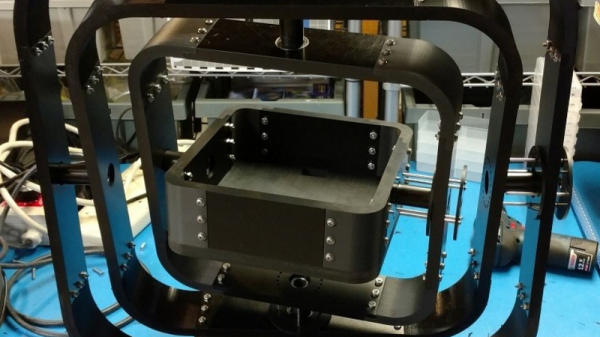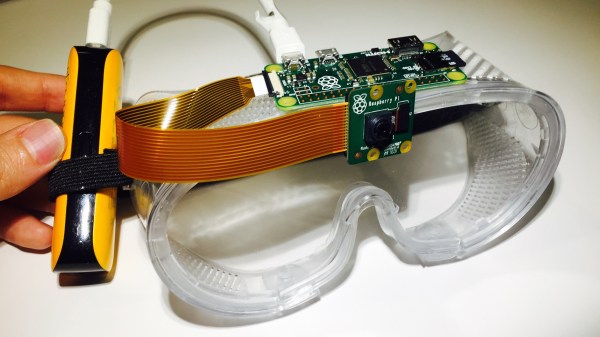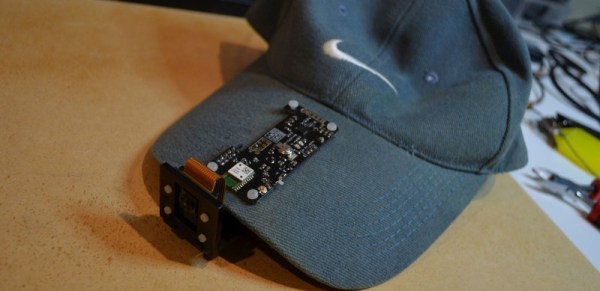[Peter Jansen] is the creator of the Open Source Tricorder. He built a very small device meant to measure everything, much like the palm-sized science gadget in Star Trek. [Peter] has built an MRI machine that fits on a desktop, and a CT scanner made out of laser-cut plywood. Needless to say, [Peter] is all about sensing and imaging.
[Peter] is currently working on a new version of his pocket-sized science tricorder, and he figured visualizing magnetic fields would be cool. This led to what can only be described as a camera for magnetism instead of light. It’s a device that senses magnetic fields in two directions to produce an image. It’s cool, and oddly, electronically simple at the same time.
Visualizing magnetic fields sounds weird, but it’s actually something we’ve seen before. Last year, [Ted Yapo] built a magnetic imager from a single magnetometer placed on the head of a 3D printer. The idea of this device was to map magnetic field strength and direction by scanning over the build platform of the printer in three dimensions. Yes, it will create an image of field lines coming out of a magnet, but it’s a very slow process.
Instead of using just one magnetic sensor, [Peter] is building a two-dimensional array of magnetic sensors. Basically, it’s just a 12×12 grid of Hall effect sensors wired up to a bunch of analog multiplexers. It’s a complicated bit of routing, but building the device really isn’t hard; all the parts are easily hand-solderable.
While this isn’t technically a camera as [Peter] would need box or lens for that, it is a fantastic way to visualize magnetic fields. [Peter] can visualize magnets on his laptop screen, with red representing a North pole and green representing the South pole. Apparently, transformers and motors look really, really cool, and this is a perfect proof of concept for the next revision of [Peter]’s tricorder. You can check out a video of this ‘camera’ in action below.
Continue reading “Imaging Magnetism With A Hall Effect Camera” →





















